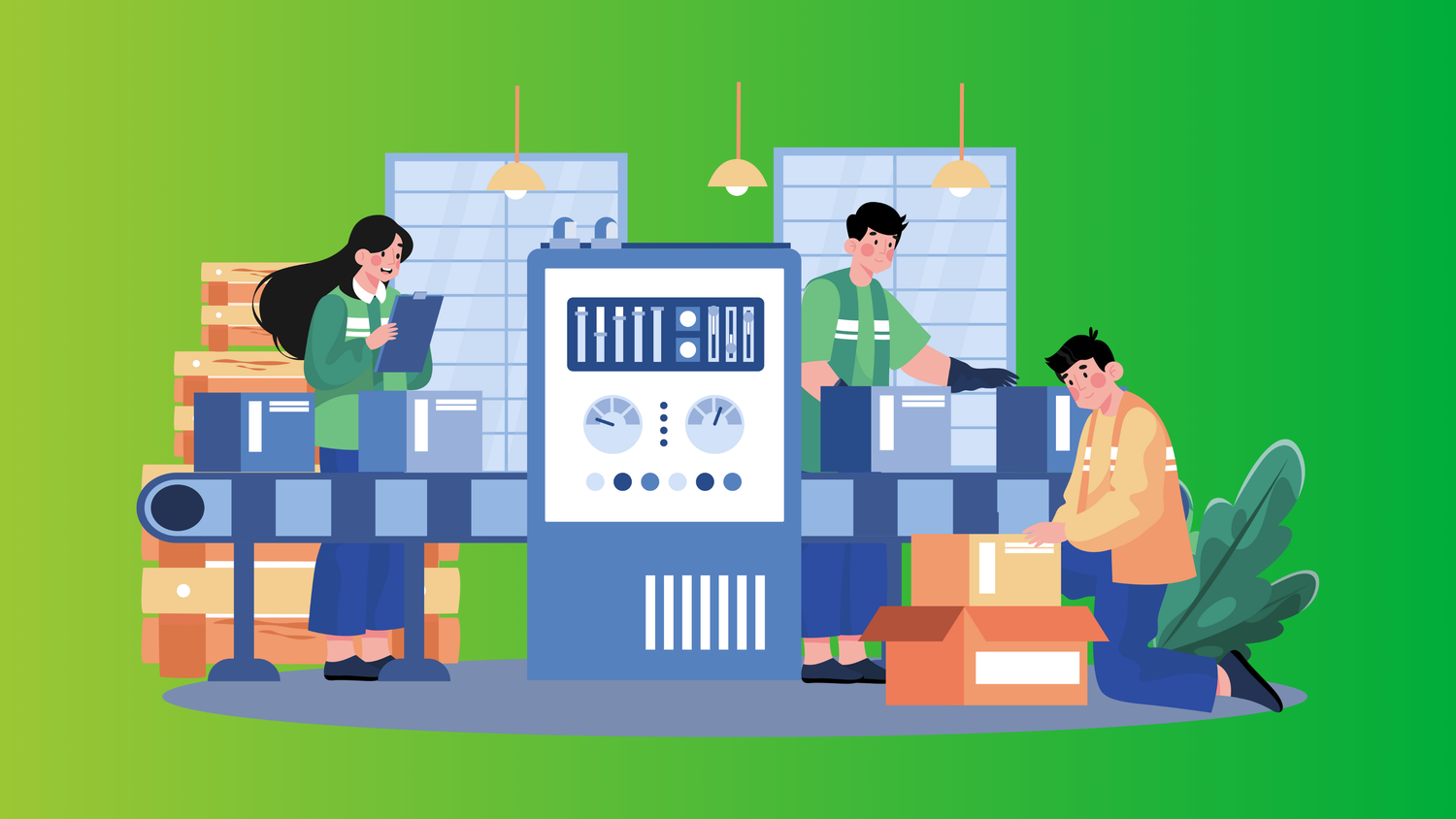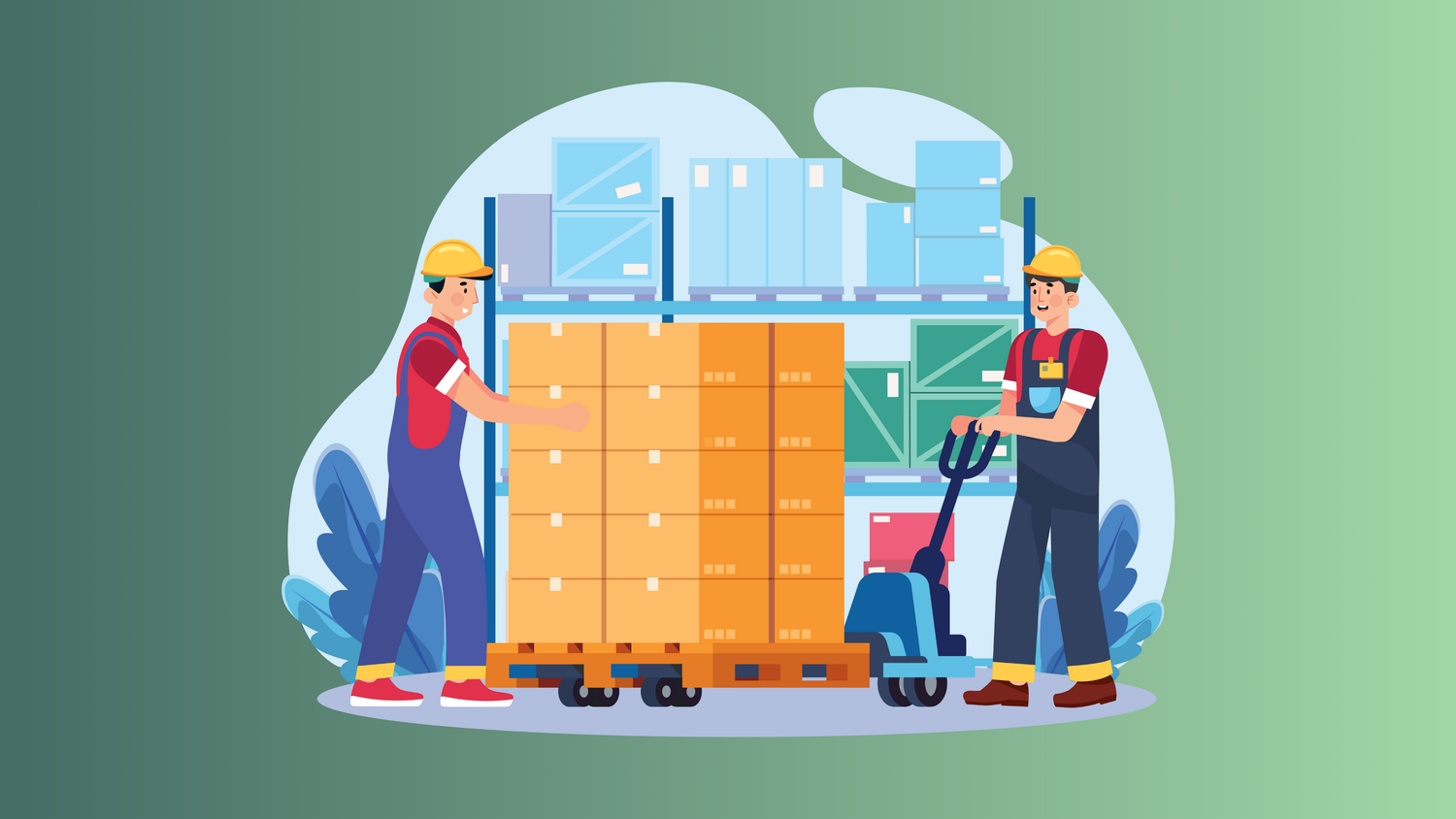Most people think you need thousands—or even tens of thousands—of dollars to break into the world of online reselling. However, it’s entirely possible to start small and scale up rapidly with strategic planning, dedication, and a little creativity. In this post, we’ll explore how one resourceful entrepreneur launched a reselling venture with just $100, growing that initial investment into a sustainable, thriving business. Through their story, you’ll gain actionable tips for product sourcing, budgeting, marketing, and how to leverage Closo Market Analytics to make data-driven decisions every step of the way.
Table of Contents
- Meet Sophia: The $100 Start-Up
- Why $100 Can Be Enough
- Initial Steps and Challenges
- Sourcing Strategies on a Shoestring Budget
- Leveraging Closo Market Analytics for Smarter Sales
- Scaling Up: Creating a System for Growth
- Case Study: Sophia’s Profit Timeline
- Long-Tail Keywords to Boost Visibility
- Key Takeaways and Final Thoughts
1. Meet Sophia: The $100 Start-Up
1.1. The Background
Sophia had always been intrigued by the concept of reselling. She loved browsing thrift stores and online clearance racks, spotting hidden gems others overlooked. But she assumed she needed significant capital to get started. After hearing multiple success stories from small-scale entrepreneurs, she decided to take the plunge—armed with just $100 in her pocket.
1.2. The Mindset
Rather than treating the $100 as a risk, Sophia viewed it as a low-stakes experiment. If she lost the entire sum, it wouldn’t devastate her finances. But if she managed to double, triple, or even quadruple that amount, she’d build a proven formula for ongoing success.
Pro Tip: The mindset of experimentation fosters creative problem-solving. By minimizing the fear of failure, you can take measured risks that often yield high rewards.
2. Why $100 Can Be Enough
2.1. Lower Entry Barriers
The digital revolution has reduced overhead costs drastically. Platforms like eBay, Poshmark, Etsy, and Mercari let you list items quickly and cheaply, and many free or low-cost shipping supplies are available (like USPS Priority Mail packages).
2.2. Access to Low-Cost Inventory
It’s easier than ever to find bargain merchandise—from garage sales and local thrift stores to online clearance events. Even a small budget can yield a handful of profitable finds if you know where to look.
2.3. Scalability
Once you flip an item for profit, you can reinvest that money into fresh inventory. Repeating this cycle grows your capital, letting you buy more products or higher-ticket items, continually expanding your reselling business.
3. Initial Steps and Challenges
3.1. Setting Up Accounts
Sophia created seller accounts on eBay and Facebook Marketplace—two popular, beginner-friendly platforms. By doing so, she instantly accessed a global audience without paying high setup fees.
3.2. Budget Breakdown
- $50 for initial inventory
- $25 for shipping materials and packaging (poly mailers, tape, labels)
- $25 buffer for fees or unexpected costs
3.3. Common Hurdles
- Limited Product Selection: With only $50 dedicated to merchandise, Sophia had to be extremely picky about which items to buy.
- Competition: Even for thrifted goods, certain brands or trends are hotly contested. Sophia quickly learned she needed to move fast when she spotted a good deal.
- Time Management: As a newbie, she spent significant time researching products, listing them, and handling each step of the reselling process herself.
4. Sourcing Strategies on a Shoestring Budget
4.1. Thrift Stores and Clearance Racks
Sophia frequented local thrift stores on discount days. Some shops offer half-off tags on specific weekdays. She also checked clearance sections at mainstream retailers like Target or Walmart, scanning the clearance aisles for deeply discounted goods.
Pro Tip: Build rapport with employees at thrift stores. Sometimes they’ll give you a heads-up about new shipments or upcoming discount events.
4.2. Local Facebook Groups and Apps
Local buy-sell apps (like OfferUp or the Facebook Marketplace itself) often feature low-ball listings—people trying to offload items quickly. Sophia landed a name-brand toaster oven for $10, then sold it for $25 online, netting a quick profit.
4.3. Free Section Bonanza
Craigslist and Facebook groups have free sections where people give away furniture, electronics, or clothing they just want gone. If you can refresh or refurbish these items (a quick wipe-down, minor repairs), you can flip them for pure profit.
4.4. Estate and Garage Sales
Estate sales often happen when families want to liquidate entire households. Sophia arrived early to snag vintage decor, old electronics, or collectibles. She used her phone to quickly research completed listings on eBay, ensuring she didn’t buy items without resale value.
5. Leveraging Closo Market Analytics for Smarter Sales
5.1. Product Research
One of the biggest time-sinks for resellers is researching which items are actually profitable. Closo Market Analyticsstreamlines this process by showing real-time data on:
- Top-Selling Categories
- Average Selling Prices
- Seasonal Trends
By integrating these insights into her sourcing decisions, Sophia avoided guesswork—she no longer had to wonder if a certain brand or item was in demand.
5.2. Pricing Intelligence
Over or underpricing items leads to missed revenue or slow-moving inventory. Closo Market Analytics compares your listing price to competitors, helping you strike that perfect balance. Sophia found she could sell certain gently used designer shoes for 15% more than she’d initially guessed, boosting her margins significantly.
5.3. Inventory Prioritization
With limited storage, you can’t hoard everything. Closo’s data showed Sophia which items had high turnover rates, prompting her to double down on those categories. She also identified slow-moving SKUs, quickly discounting or bundling them to free up space and reinvest funds in proven winners.
5.4. Sales Forecasting
As Sophia’s business grew, she used Closo’s forecasting tools to plan for seasonal surges—like back-to-school or holiday shopping booms. Knowing when to stock up for certain trends gave her a competitive edge and helped her scale faster.
6. Scaling Up: Creating a System for Growth
6.1. Reinvesting Profits
After each successful flip, Sophia re-invested the profits into new inventory. This snowball effect propelled her from $100 in initial funding to several hundred, then a few thousand, within a matter of months.
6.2. Building a Brand
To stand out in a crowded market, Sophia developed a unique aesthetic for her online store. She created consistent visuals—props, backgrounds, and editing style—for her product photos, earning trust and repeat buyers who recognized her “look.”
6.3. Streamlining Operations
- Batch Processing: She photographed items in one session, wrote descriptions in another, and scheduled listings in bulk.
- Automated Shipping: By using shipping software, she quickly generated labels and updated tracking info, reducing manual tasks.
6.4. Outsourcing Tasks
Once she hit consistent monthly revenue (over $2,000 net profit), Sophia outsourced certain tasks—like professional product photography or marketing—to reclaim her time and reduce burnout.
7. Case Study: Sophia’s Profit Timeline
Month 1
- Capital: $100
- Purchases: Thrifted clothing and small kitchen items ($50)
- Sales: $200 revenue, $130 net profit after fees and shipping
- End-of-Month Capital: $180 (reinvested $80 in new items, kept $100 aside)
Month 2
- Capital: $180
- Purchases: Clearanced electronics from local big-box store
- Sales: $400 revenue, $250 net profit
- End-of-Month Capital: $330
Month 3
- Capital: $330
- Closo Analytics: Discovered brand X sneakers trending
- Purchases: Sneakers and limited-edition T-shirts via local marketplace
- Sales: $900 revenue, $600 net profit
- End-of-Month Capital: $930
Month 4 and onward
- Built consistent systems for sourcing, listing, and shipping
- Leverage “top brand” intel from Closo Market Analytics
- Monthly revenue grew steadily, eventually surpassing $3,000 in net profit
Key Takeaway: By Month 3, she was already seeing a 9x increase in her initial investment, a direct result of savvy sourcing, strategic reinvestment, and data-informed decisions.
8. Long-Tail Keywords to Boost Visibility
If you plan to blog about reselling or create listings that attract niche buyers, consider these long-tail keywords:
- “How to start a reselling business with $100 in 2025”
- “Low-budget sourcing strategies for new online sellers”
- “Using Closo Market Analytics to optimize thrifted inventory”
- “Best shipping tips for small-scale resellers on eBay”
- “Scaling from $100 to a full-time online reselling career”
Incorporating these naturally into your content can help drive targeted traffic—people actively looking for ways to launch or expand a small-scale reselling operation.
9. Key Takeaways and Final Thoughts
9.1. Start Small, Think Big
You don’t need massive capital to begin reselling. A modest $100 can bootstrap your operation, allowing you to test the waters with minimal risk. As profits roll in, reinvest strategically to scale.
9.2. Prioritize Data and Research
Whether you’re scouring local garage sales or rummaging through clearance racks, let real-world sales data guide you. Tools like Closo Market Analytics show you where the demand is—helping you avoid money-losing items and focus on profitable niches.
9.3. Embrace Iteration
No one gets everything perfect on the first try. Reselling is an iterative process. Each purchase, listing, or marketing tactic yields insights that refine your approach, building a smoother system over time.
9.4. Balance Profit and Lifestyle
The beauty of reselling is its flexibility. You can commit as many (or as few) hours as you want, adjusting as life circumstances change. Keep a watchful eye on burnout—delegate tasks or automate processes as your profits allow.
Final Word: The journey from $100 to a thriving enterprise isn’t without hurdles, but it’s entirely possible with consistent effort, data-savvy choices, and a willingness to learn from mistakes. Whether you’re flipping electronics, vintage apparel, or home goods, a small start can quickly scale into a steady, life-changing income stream. Embrace the challenge, keep refining your strategies, and let your reselling business evolve beyond what you initially imagined.




